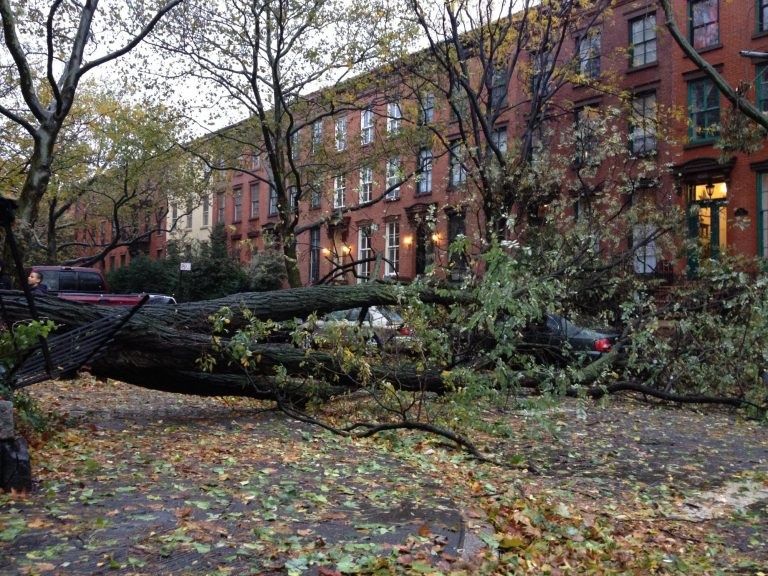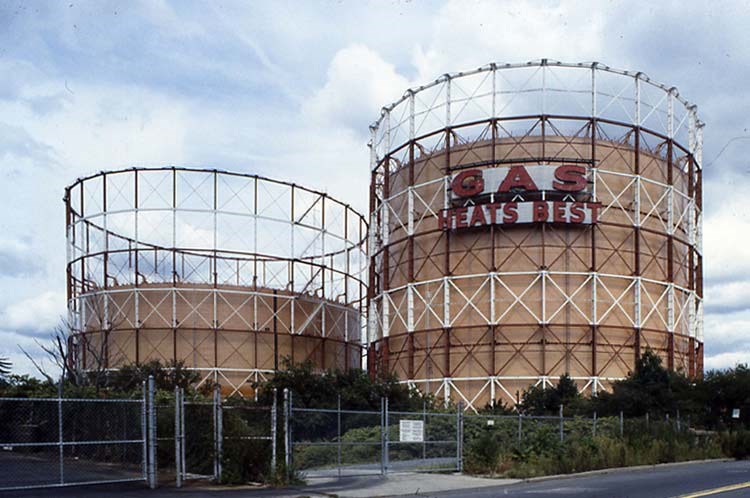The recent destructive forces of Hurricanes Harvey, Irma and Maria inspire companies such as National Grid to improve energy resilience with stronger, safer systems for residents across the state

Since Superstorm Sandy in 2012 devastated the US East Coast, destroying housing, infrastructure and leaving more than 7.5 million without power, New York City has made substantial changes to its building and zoning codes to create more resilient, safe structures. The recent destructive forces of Hurricanes Harvey, Irma and Maria also inspire companies such as National Grid to follow suit with their efforts to make energy systems stronger, more resilient and safer for residents across the state.
Since 2012 National Grid, the clean energy delivery company and largest distributor of natural gas in the Northeast, has begun to transform its electricity and natural gas networks to provide smarter, cleaner and more resilient energy solutions. The company has implemented several Reforming the Energy Vision (REV) initiatives across the state to help set the foundation for future energy platforms while increasing resiliency in the face of extreme weather events. REV is an initiative launched by Governor Andrew M. Cuomo to help consumers make more informed energy choices, to develop new energy products and services, and to protect the environment while creating new jobs and economic opportunity throughout the state.
"This unprecedented event created a national conversation around the resiliency of our 21st century energy systems. With the recent destruction we have seen from Hurricanes Harvey, Irma and Maria, we know that extreme weather is here to stay," said Ken Daly, president of National Grid New York. "Energy companies like National Grid must continue to invest in the strengthening and hardening of our gas and electricity systems, and incorporate new technologies that will lead to greater safety and reliability and a cleaner environment."

Some of the company's storm hardening projects in NYC include the replacement of aging pipelines, the conversion of National Grid's gas system to high pressure in flood prone areas, investing in Liquefied Natural Gas (LNG) facilities in Greenpoint and Holtsville to ensure adequate back-up supplies as well as a new state-of-the-art natural gas control center on Long Island, which will control the transmission and distribution systems for all of NY State year-round. National Grid also has launched their REV initiatives with a focus on smarter, more resilient energy provisions for homes in flood-prone zones.
"While we transition to more resilient future energy systems, the 5th anniversary of Superstorm Sandy is a reminder that preparedness is critical to the well-being of our customers, it helps our crews restore service quickly and safely," adds Daly. "Safety is our number one priority, and we want to ensure our customers can properly prepare and take care of themselves, their families and their communities."
Much of New York City's battered infrastructure has been repaired and even improved since Sandy. And while there is still a lot of work ahead with regards to long-term resiliency measures, beginnings have been made.

.png;w=120;h=114;mode=crop)

